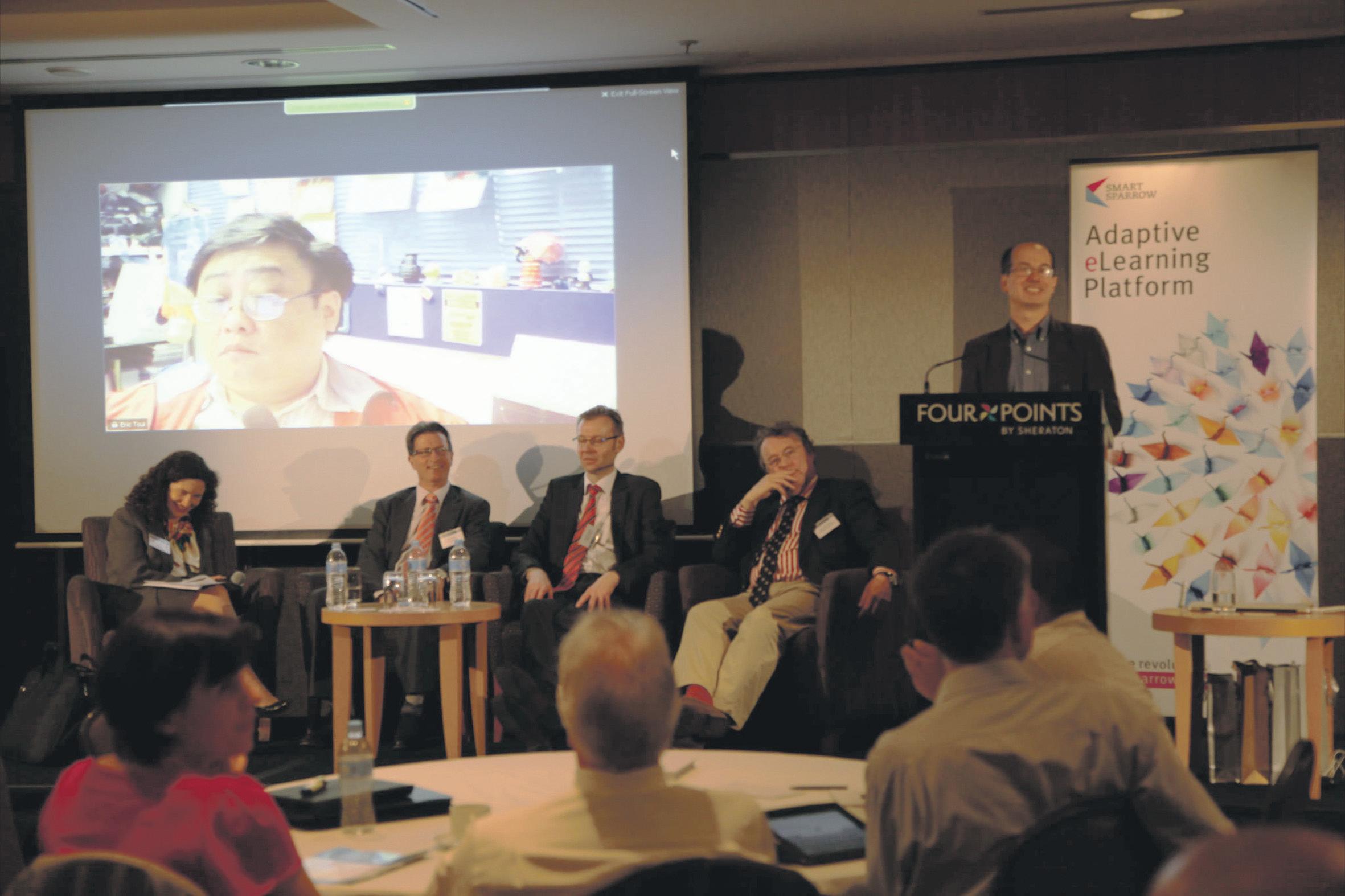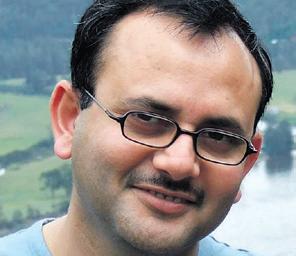
3 minute read
India and Oz move education online
from 2013-08 Sydney (1)
by Indian Link
Conference highlights higher education and skills training for the future
BY HASNAIN
Pradeep Khanna of Global Mindset produced a highly engaging conference on the future of higher education and skills training at Four Points in Sydney’s Darling Harbour (www. futureofhighereducation.com.au)
This event was part of his initiative called Integrating Australia with Asia that aims to promote services trade between Australia, India and other Asian countries. Education is one of the most important pivots in the relationship between Australia and India and therefore it was apt to kick off this initiative with panel discussions and presentations by 30 prominent leaders from Australia, US and India, as well as discussing global education trends.
Massive Online Open Courses (MOOCs) and digitisation was the theme of the conference and it was kicked off by Prof Anant Agrawal, a global pioneer in MOOCs with eDX (www.edx.org).
Higher education in classrooms has almost remained untouched by technology, but his MOOCs model has set off a trend that promises to revolutionise it. On eDX, course modules prepared by leading universities such as MIT, Harvard and our very own Australian National University (ANU) are available online for free. These modules, which are generally video lessons called learning sequences are prepared by ‘rockstar’ professors and are designed to promote active learning. These learning sequences are heavily inspired by Khan Academy’s (www.khanacademy.org) style of teaching mathematics via videos and are supported by discussion forums, tests and assignments that are marked automatically or by peers. Those who pass these modules receive certificates from the participating institution with an ‘x,’ such as ANUx signifying that it was acquired online via MOOCs.
Prof Agrawal’s first online course on Circuits and Electronics had a massive 155,000 registrations, 26,000 tried out the first problem set, and about 8240 online students took the final exam. Compare this with a class of 30-40 students that a professor can teach in a conventional setting.

Indian students are massive participants in these courses that make available top education for free. Prof Agrawal went into the details and future plans of this, such as how the platform will be open source so that any university can build this system on their own. Another point was how they will offer validated certificates, so that candidates can take the exams in testing centres locally where their identity would be verified, and the test will take place in a formal environment so that certificates issued can be better trusted by employers.
Prof Arun Sharma, Deputy Vice Chancellor at Queensland University of Technology (QUT) highlighted the need for a completely new way of thinking on higher education in India. One of these was to impart higher education to a massive amount of students. To do this universities must become examining authorities and let the private sector take care of imparting education.
Dilip Chenoy, CEO and Managing Director of India’s National Skills Development Corporation is doing exactly this. Approving dozens of private institutions to run programmes that will make millions competent. The aims are lofty, 150 million people to be trained by 2022, and 350 million people over the next 30 years.
A trained workforce is the only way to benefit from India’s demographic dividend. A large proportion of the young population that can supply a fourth of the world’s workforce by 2020, if only their potential can be harnessed by providing them higher education, but more importantly, skills training.
Pip Pattison, Deputy Vice Chancellor of University of Melbourne highlighted her own university’s experience of offering a course on MOOCs on Coursera (www.coursera.com) in this case.
Uday B. Desai, Director of IIT Hyderabad joined the conference from India and had important points to make about online education, particularly for engineering. He provided an update on the Akash tablet project that seeks to place a tablet in the hands of every tertiary and secondary school student, with the aim to drive down the cost of Akash to $35. He also emphasised the need to move from credit hours to competency, as the objective of Indian higher education.
Andrew Thomson, Executive Director of Asia Pacific at Cisco and a former Minister of Education in Canada, Prof Iain Martin, and VP and Dy Vice Chancellor at University of New South Wales (UNSW) discussed future trends in education. They also focused on commercial models that underlie this sector, what is broken and why the current models need to be changed.
In the workshop on skills training, higher education and technology, experts discussed current trends, with a focus on India. The workshop on Passage to India had Jonathan Marshall of Bondi Labs, an education entrepreneur who has set up projects in India, team up with Aditya Bhatnagar of Drona Edutronics from India, to guide participants who wished to start an educational venture in India. There are clear headwinds for the higher education and skills training industry, in Australia as well as globally. Digital disruption and MOOCs are certainly one of them. So, is a tsumani coming our way or is it just another passing wave? The conference showed that education services is Australia’s fourth largest export, after iron ore, coal and tourism. It is estimated at $15 billion last year, and is set for a transformation. In India and globally, students, academics and parents, must be prepared for this new style of education, which will be more advanced in technology and more relevant to jobs and industry.
Higher education in classrooms has almost remained untouched by technology, but his MOOCs model has set off a trend that promises to revolutionise it









